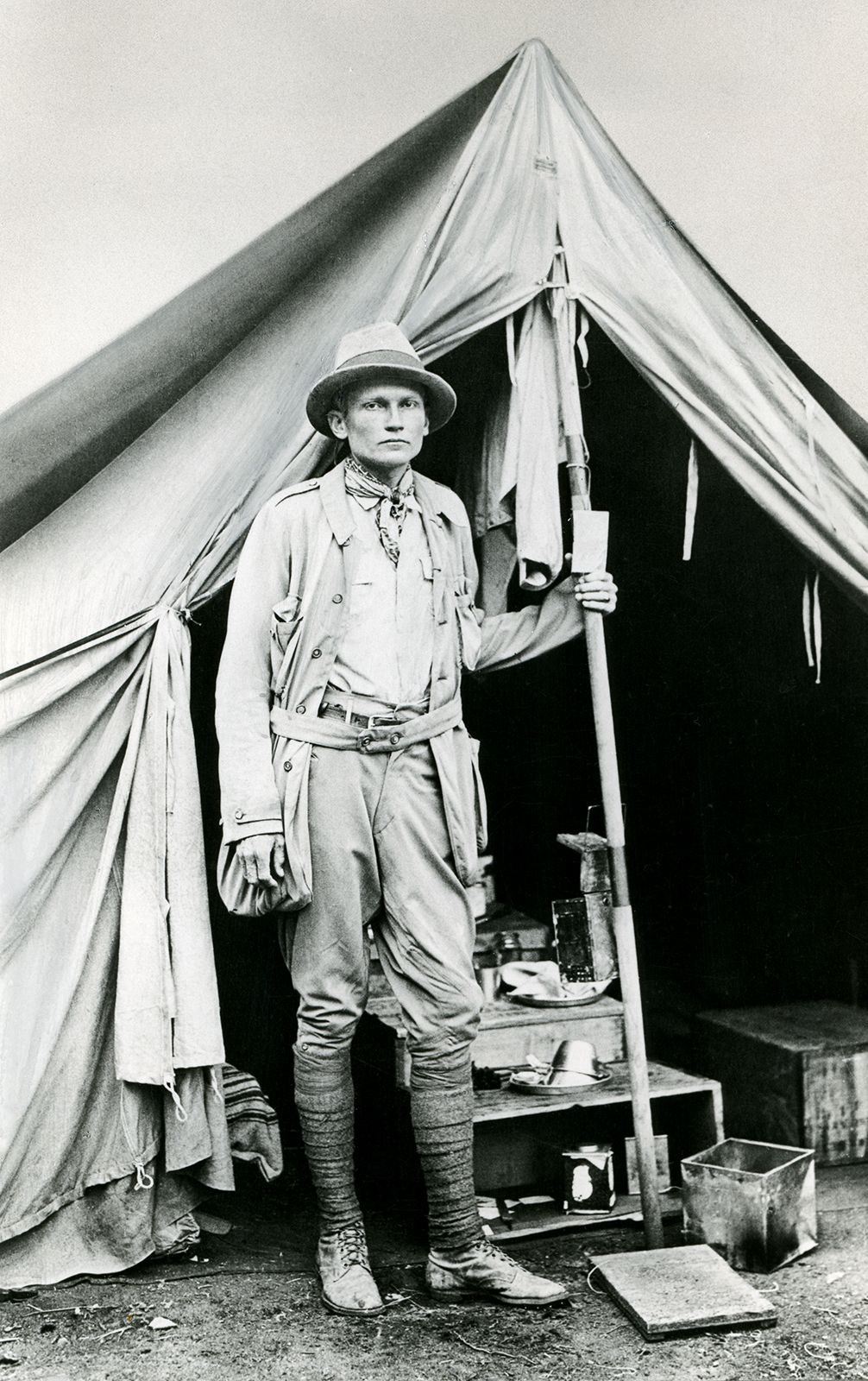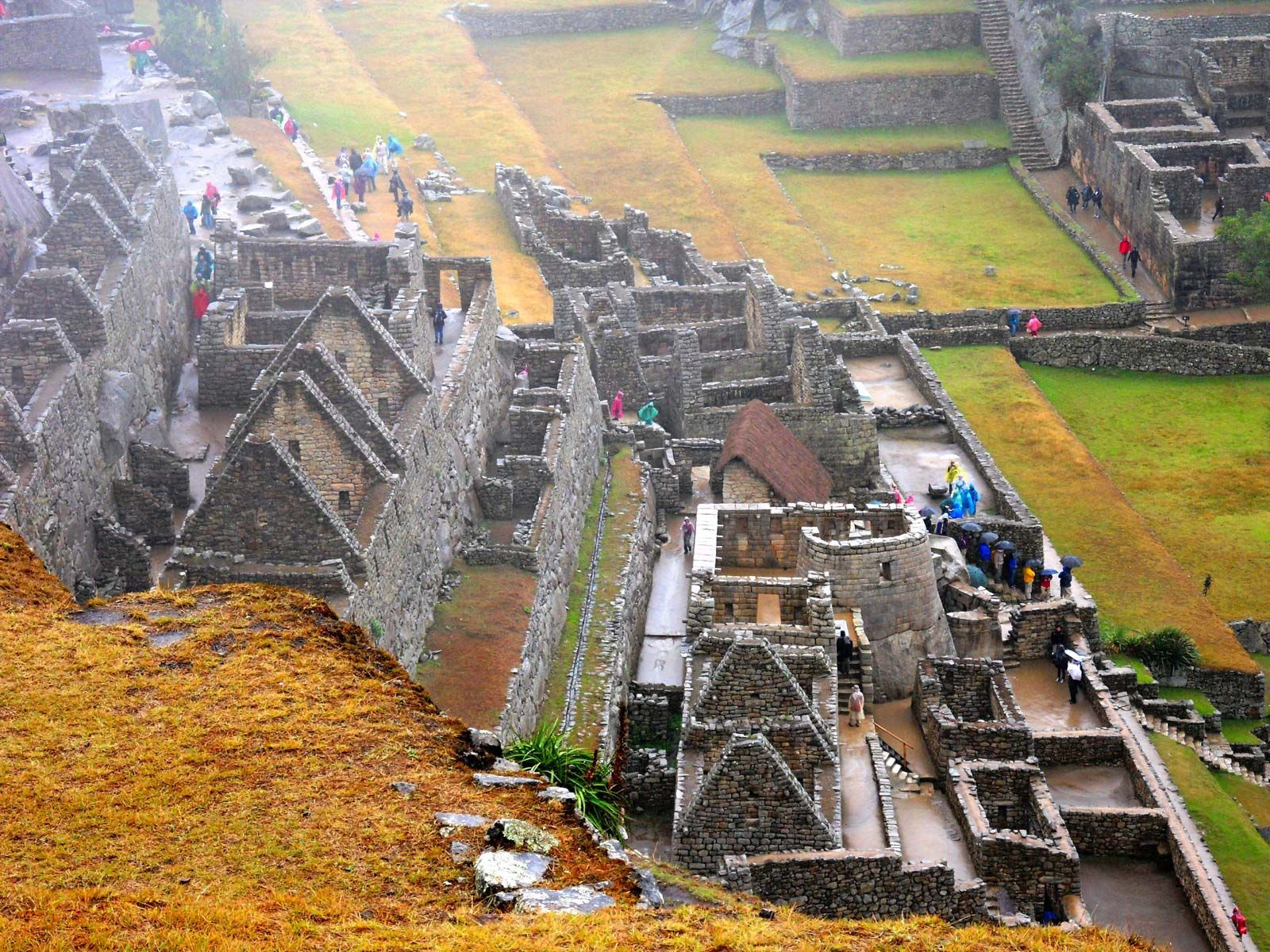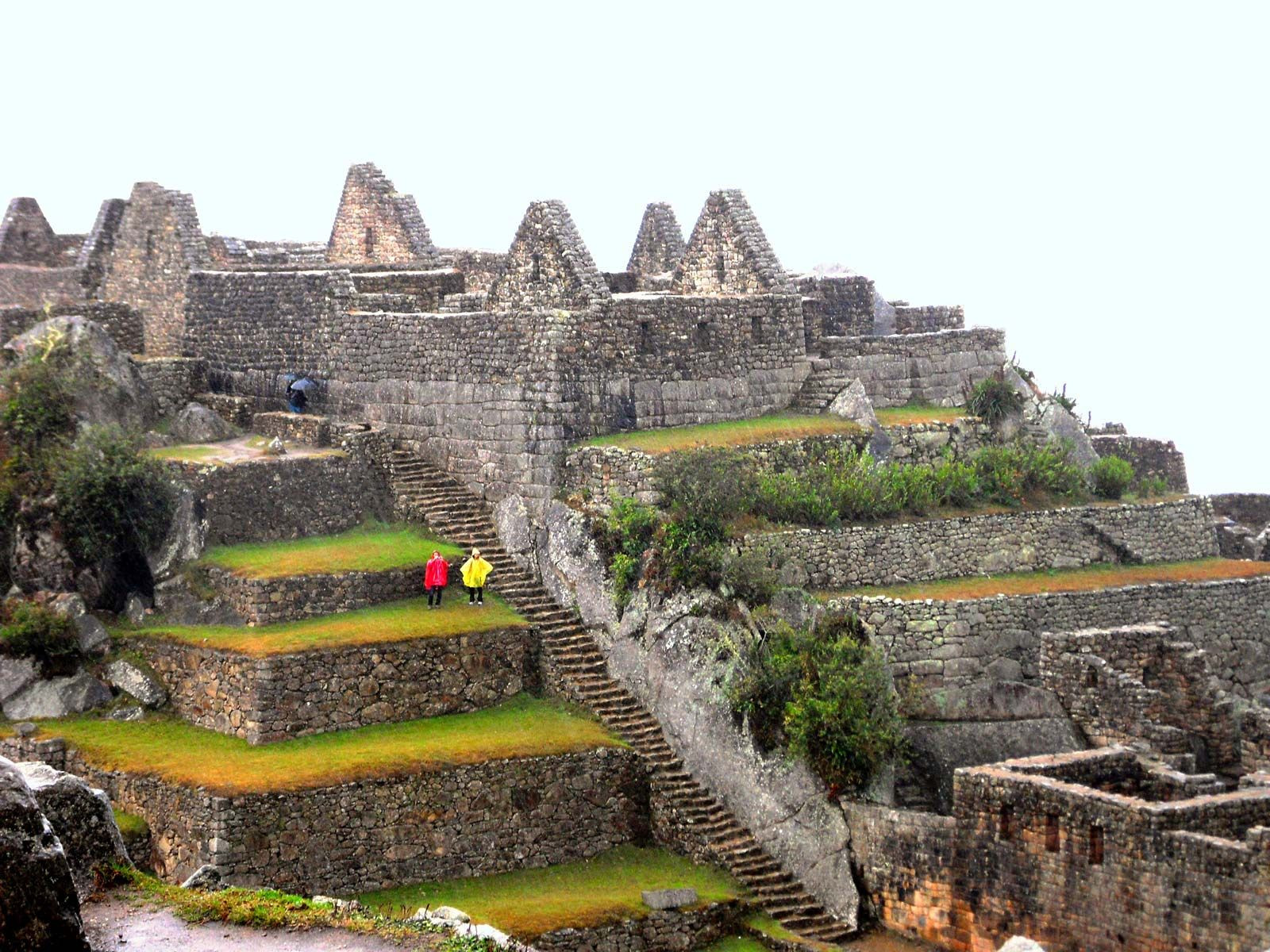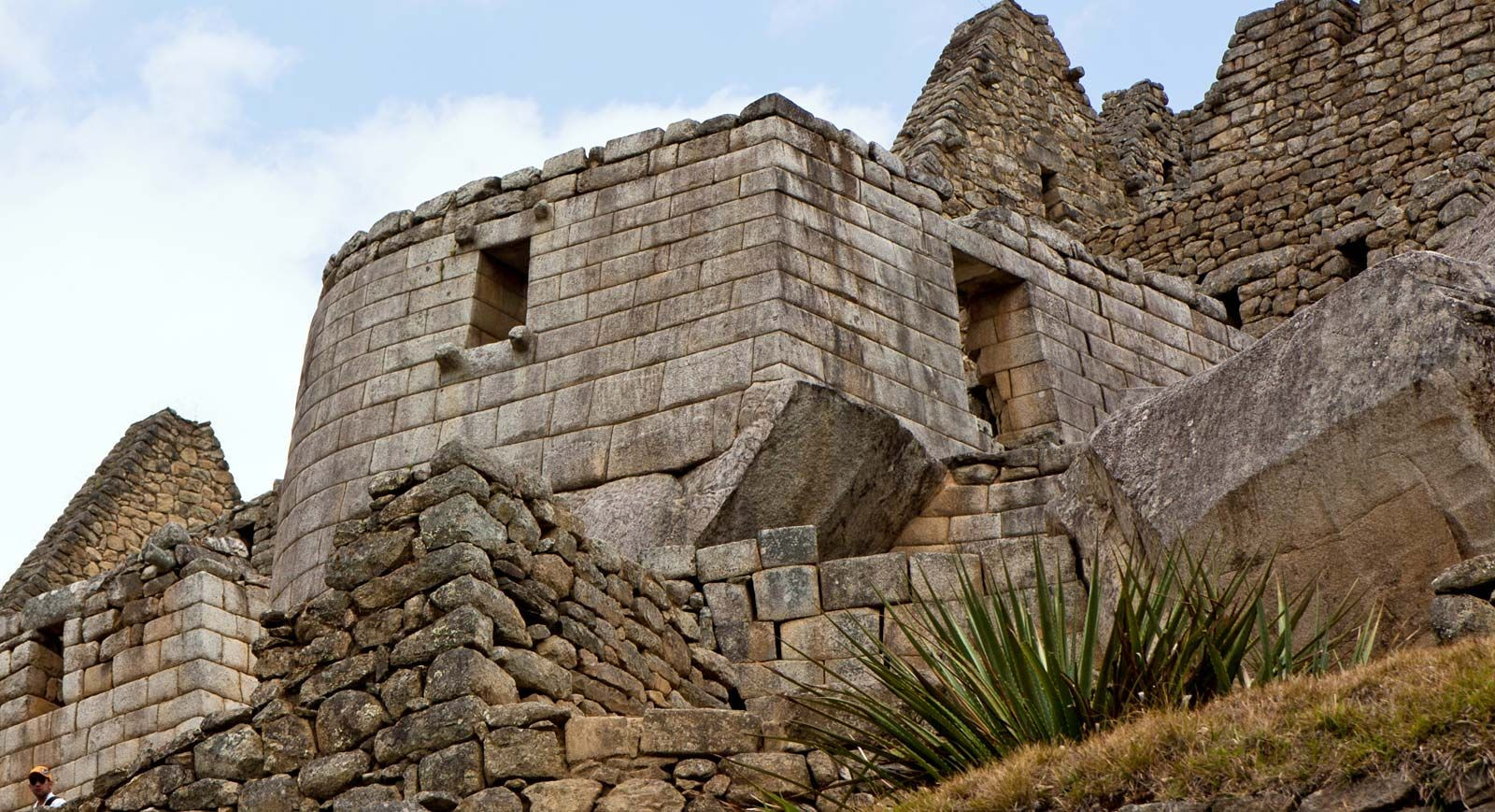Machu Picchu, an iconic emblem of Inca civilization, stands as a testament to ancient ingenuity and architectural prowess. Nestled high in the Andes Mountains, this breathtaking site beckons travelers and history enthusiasts from across the globe, all asking the fundamental question: Where Is Machu Picchu Located? This article delves into the precise location of Machu Picchu, exploring its geographical context, historical significance, and the captivating journey to reach this wonder of the world.
Discovering the Precise Location of Machu Picchu
Machu Picchu is situated in Peru, South America, specifically in the Cordillera de Vilcabamba mountain range of the Andes. To pinpoint its location further, it lies approximately 50 miles (80 kilometers) northwest of the city of Cuzco, the historical capital of the Inca Empire. Perched dramatically above the Urubamba River valley, Machu Picchu occupies a narrow saddle between two imposing peaks: Machu Picchu (“Old Peak”) and Huayna Picchu (“New Peak”). Its elevation reaches approximately 7,710 feet (2,350 meters) above sea level, contributing to its mystique and stunning panoramic views.
[ Machu Picchu, Peru, a UNESCO World Heritage Site since 1983, showcasing its breathtaking mountain location.
Machu Picchu, Peru, a UNESCO World Heritage Site since 1983, showcasing its breathtaking mountain location.
The Geographical Context: Andes Mountains and the Sacred Valley
Understanding where Machu Picchu is located also involves appreciating its surrounding geography. The Andes Mountains, the longest continental mountain range in the world, provide a dramatic backdrop and formidable natural defense for the site. Machu Picchu’s position within the Cordillera de Vilcabamba, a particularly rugged and remote section of the Andes, further emphasizes its secluded nature.
The Urubamba River valley, also known as the Sacred Valley of the Incas, lies directly below Machu Picchu. This fertile valley was crucial for Inca agriculture and served as a vital corridor connecting Cuzco with the lower jungle regions. The strategic placement of Machu Picchu overlooking this valley suggests its importance for control and observation.
[
A History Shrouded in Mystery and Rediscovery
While the exact purpose of Machu Picchu remains debated, archaeological evidence suggests it was constructed during the reign of the Inca emperor Pachacuti Inca Yupanqui (c. 1438–71) and served as a royal estate or sacred retreat. Intriguingly, Machu Picchu escaped the notice of Spanish conquistadors, allowing it to remain remarkably intact for centuries.
Despite local awareness, the wider world remained unaware of Machu Picchu’s existence until its “discovery” in 1911 by Hiram Bingham, an American explorer and Yale University professor. Guided by local resident Melchor Arteaga, Bingham was initially searching for Vilcabamba, the Incas’ last stronghold. While Bingham mistakenly identified Machu Picchu as Vilcabamba, his explorations brought the site to international attention, sparking archaeological interest and paving the way for its recognition as a global treasure.
[ Hiram Bingham at Machu Picchu in 1912, a pivotal moment in revealing the site to the Western world.
Hiram Bingham at Machu Picchu in 1912, a pivotal moment in revealing the site to the Western world.
Exploring the Inca City: Features and Layout
Machu Picchu’s layout is a marvel of urban planning and Inca engineering, expertly adapted to the mountainous terrain. The city is divided into distinct sectors, including agricultural terraces, residential areas, and a royal sector. Stepped terraces, ingeniously irrigated by an aqueduct system, demonstrate advanced agricultural practices. Intricate stonework, using a technique known as ashlar masonry, is evident in temples, palaces, and dwellings, showcasing the Incas’ mastery of stone construction.
Key features within Machu Picchu include the Temple of the Sun, the Intihuatana (a ritual stone believed to be a solar clock), and the Temple of the Three Windows, each reflecting the sophisticated religious and astronomical knowledge of the Inca civilization. The site’s remarkably preserved state allows visitors to step back in time and imagine life in this extraordinary Inca city.
[ Inca dwellings at Machu Picchu, showcasing the residential architecture and urban planning of the ancient city.
Inca dwellings at Machu Picchu, showcasing the residential architecture and urban planning of the ancient city.
[
[ Industrial area at Machu Picchu, providing insights into the daily life and activities of its inhabitants.
Industrial area at Machu Picchu, providing insights into the daily life and activities of its inhabitants.
Visiting Machu Picchu: A Journey to the Andes
Today, Machu Picchu is Peru’s most significant tourist attraction and a UNESCO World Heritage site, drawing visitors eager to witness its grandeur firsthand. Reaching Machu Picchu is an adventure in itself. The most common route involves traveling from Cuzco by train through the Sacred Valley to Aguas Calientes, the town at the base of Machu Picchu. From Aguas Calientes, a bus or a challenging hike ascends to the Machu Picchu citadel.
For the more adventurous, the Inca Trail offers a multi-day trek culminating in an unforgettable arrival at Machu Picchu through the Sun Gate. Regardless of the chosen path, the journey to Machu Picchu is an integral part of the experience, winding through stunning Andean landscapes and building anticipation for the moment when the lost city finally comes into view.
[ Finely crafted stonework of the Temple of the Sun at Machu Picchu, highlighting the sophisticated Inca architectural techniques.
Finely crafted stonework of the Temple of the Sun at Machu Picchu, highlighting the sophisticated Inca architectural techniques.
Conclusion: Machu Picchu’s Enduring Allure
Understanding where Machu Picchu is located is just the starting point for appreciating its profound historical and cultural significance. Its remote location in the Peruvian Andes Mountains, high above the Urubamba River valley, contributed to its preservation and mystique. Machu Picchu stands not only as a remarkable archaeological site but also as a symbol of the Inca civilization’s ingenuity and enduring legacy. Visiting Machu Picchu is a journey to a place where history, nature, and human achievement converge, leaving an indelible mark on all who venture to discover its wonders.
[
